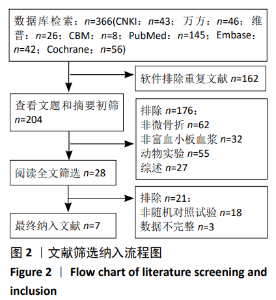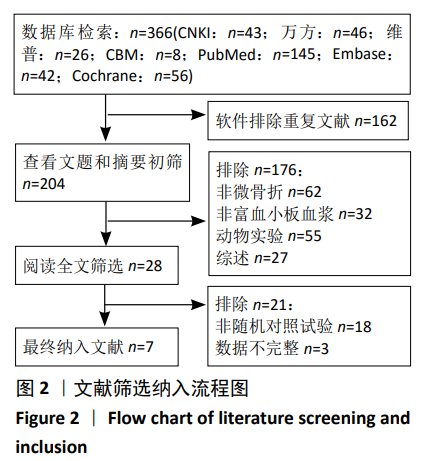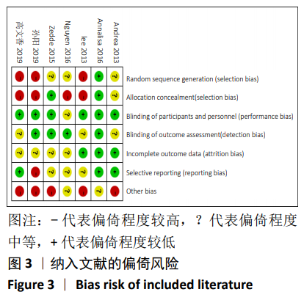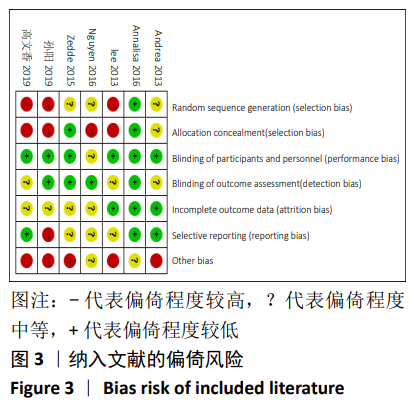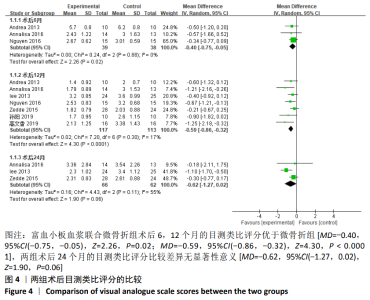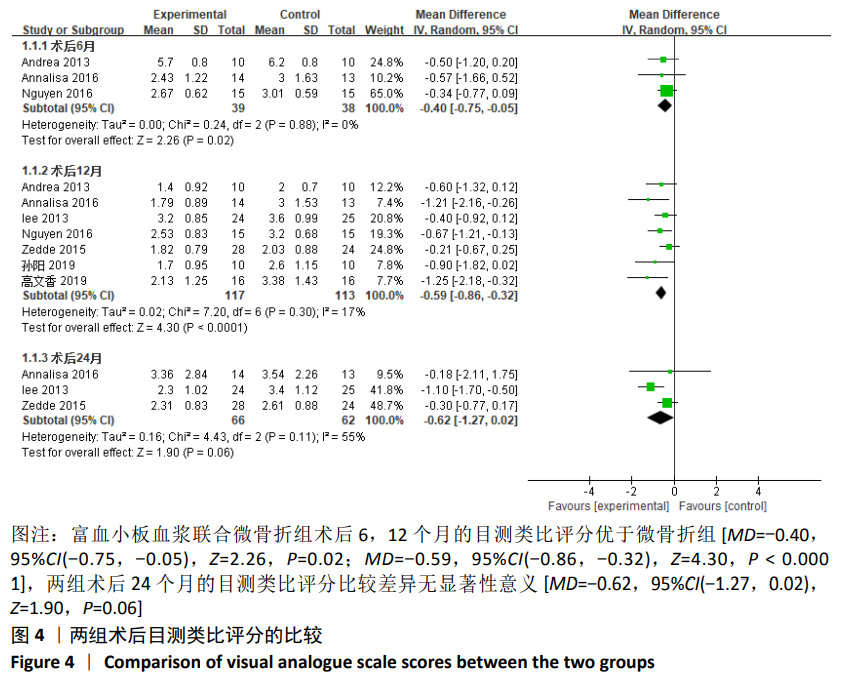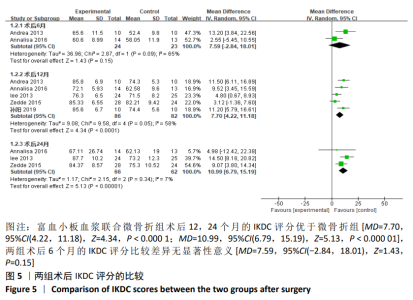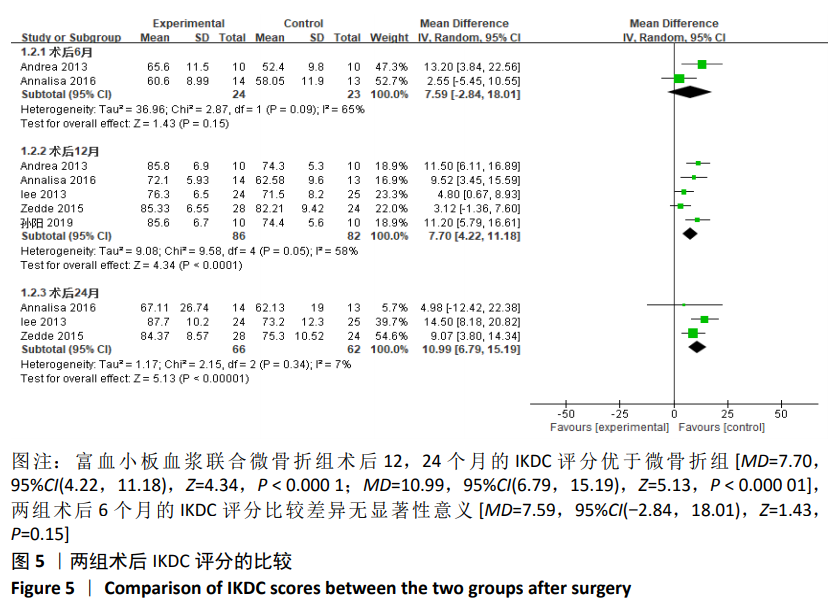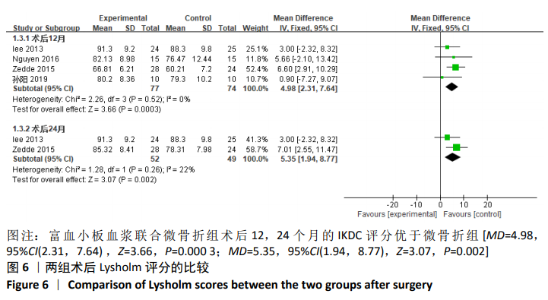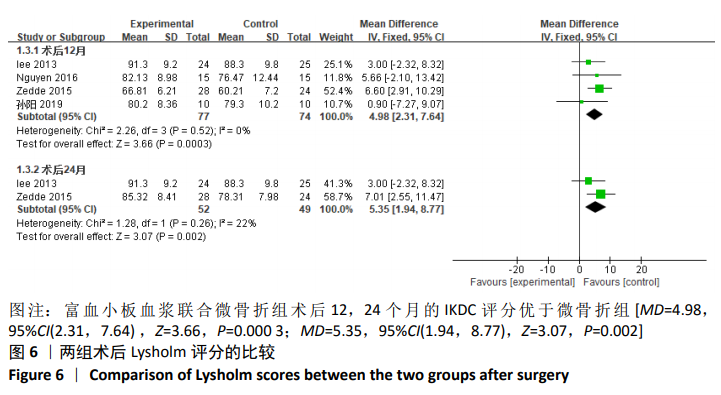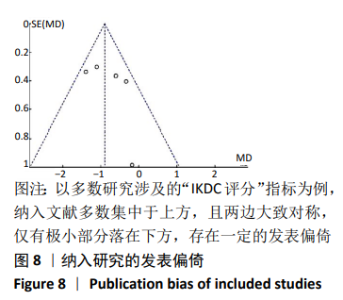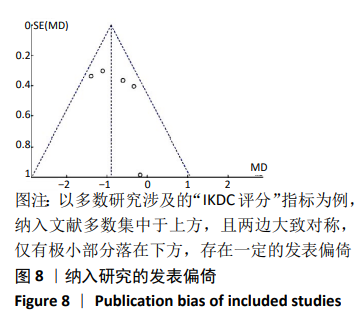[1] KARAKAPLAN M, ELMALI N, MIREL E, et al. Effect of microfracture and autologous-conditioned plasma application in thefocal full-thickness chondral defect of the knee: an experimental study onrabbits.J Orthop Surg Res.2015;10:110.
[2] NGUYEN PD, TRAN TD, NGUYEN HT, et al. Comparative Clinical Observation of Arthroscopic Microfracture in the Presence and Absence of a Stromal Vascular Fraction Injection for Osteoarthritis.Stem Cells Transl Med.2017;6(1):187-195.
[3] 付彦铭.自由式滑雪空中技巧运动员落地稳定瞬间人体膝关节软骨损伤风险的研究[J].沈阳体育学院学报,2018,37(1):70-74.
[4] 尤奇,段小军,杨柳,等.临床应用软骨组织工程技术修复关节软骨缺损的进展[J].实用骨科杂志,2018,24(1):52-56.
[5] 袁林,郭燕庆,于洪波,等.富血小板血浆治疗Ⅱ-Ⅲ期膝骨关节炎的疗效评价[J].中华关节外科杂志(电子版), 2016, 10(4):386-392.
[6] MONCKEBERG JE, RAFOLS C, APABLAZA F, et al. Intra-articular administration of peripheral blood stem cells with platelet-rich plasma regenerated articular cartilage and improved clinical outcomes for knee chondral lesions.Knee.2019;26(4):824-831.
[7] 潘阳阳,陈纪伟,封海,等.关节镜下自体骨软骨移植术治疗青年与中年膝关节软骨损伤的疗效比较[J]. 中国修复重建外科杂志,2019,33(2):154-159.
[8] 向小娜,余曦,刘岩,等.富血小板血浆与脉冲电磁场联合应用治疗骨关节炎:理论与临床研究的进展[J].中国组织工程研究,2019,23(30):4868-4874.
[9] MANUNTA AF, MANCONI A. The treatment of chondral lesions of the knee with the microfracture technique and platelet-rich plasma.Joints.2013;1(4):167-170.
[10] MANCÒ A, GODERECCI R, RUGHETTI A, et al.Microfracture versus microfracture and platelet-rich plasma: arthroscopic treatment of knee chondral lesions.A two-year follow-up study.Joints. 2016;4(3):142-147.
[11] 高文香,王明君,李晓峰,等.关节镜下微骨折术联合富血小板血浆与纤维蛋白凝胶覆盖微骨折创面治疗膝骨关节炎软骨退变缺损[J].中医正骨,2019,31(11): 21-25,34.
[12] LEE GW, SON J, KIM J, et al. Is platelet-rich plasma able to enhance the results of arthroscopic microfracture in early osteoarthritis and cartilage lesion over 40 years of age? Eur J Orthop Surg Traumatol. 2013;23(5): 581-587.
[13] NGUYEN PD, TRAN TD, NGUYEN HT, et al. Comparative Clinical Observation of Arthroscopic Microfracture in the Presence and Absence of a Stromal Vascular Fraction Injection for Osteoarthritis.Stem Cells Transl Med.2016;6(1):187-195.
[14] 孙阳.自体软骨泥移植联合富血小板血浆技术治疗膝关节软骨缺损的临床观察[D].南京:南京医科大学,2019.
[15] Zedde P, Cudoni S, Lisai P, et al. Effect of platelet-rich plasma and microfracture reparative technique combined in chondral lesions treatment. Bibmed.ucla.edu.ve. 2015;88(2).DOI: 10.4081/jbr.2015.5229
[16] 胡宏悻,步子恒,刘忠堂.组织工程技术治疗骨软骨缺损的研究进展[J].转化医学电子杂志,2017, 4(12):11-16.
[17] 张英杰,王上增,程韶,等.富血小板血浆联合双平面楔形开放截骨术对前内侧磨损膝关节软骨的修复作用[J].实用医学杂志,2019,35(20):3154-3158.
[18] 王加俊,匡志平,卢卫忠,等.富血小板血浆注射治疗膝骨关节炎疗效观察[J].广东医学,2016,37(21): 3266-3269.
[19] 李显,赵力,王淑丽,等.骨性关节炎患者膝关节软骨损伤的关节镜与MRI诊断分级研究[J].中国矫形外科杂志, 2017, 25(1):29-32.
[20] 李钦宗,信金党,谷福顺. 关节镜下微骨折术修复关节软骨缺损的研究进展[J].中国内镜杂志,2015, 21(2):166-170.
[21] 张长青,袁霆. 富血小板血浆在临床应用中的争议与研究进展[J].中华关节外科杂志(电子版),2016, 10(6):588-591.
[22] SOUTHWORTH T, NAVEEN N, TAURO T, et al. The Use of Platelet-Rich Plasma in Symptomatic Knee Osteoarthritis. J Knee Surg.2019;32(1):37-45.
[23] 谢雪涛,沈龙祥,陈圣宝,等.关节内注射富血小板血浆治疗膝骨关节炎的Meta分析[J].中华关节外科杂志(电子版),2016,10(6):636-644.
[24] WANG KC, FRANK RM, COTTER EJ, et al. Arthroscopic Management of Isolated Tibial Plateau Defect With Microfracture and Micronized Allogeneic Cartilage-Platelet- Rich Plasma Adjunct. Arthrosc Tech. 2017; 6(5):e1613-e1618.
[25] 曹建伟,何明武,张琼,等.关节镜下微骨折术修复膝关节软骨缺损[J].实用骨科杂志,2013,19(12): 1078-1080.
[26] 付维力,李棋,李箭.富血小板血浆在临床骨科中的应用进展[J].中国修复重建外科杂志,2014, 28(10):1311-1316.
[27] 吴开泽,陈献聪,康禹,等.富血小板血浆在膝关节骨关节炎治疗中的应用[J].国际骨科学杂志,2015, 36(6):414-418.
[28] SICLARI A, MASCARO G, GENTILI C,et al. Cartilage repair in the knee with subchondral drilling augmented with a platelet-rich plasma-immersed polymer-based implant.Knee Surg Sports Traumatol Arthrosc.2014;22(6):1225-1234.
[29] 吴骁,檀亚军,咸杰,等.富血小板血浆修复膝关节骨关节炎[J].中国组织工程研究,2016,20(42): 6259-6264.
[30] 綦惠,靳少锋,陈磊,等.富血小板血浆复合再生支架修复兔骨软骨缺损[J].中国矫形外科杂志,2018, 26(8):740-745.
[31] 邹承达,陈星光,宿广昊,等.富血小板纤维蛋白修复陈旧性负重位创伤性膝关节炎模型兔的软骨缺损[J].中国组织工程研究,2019,23(3):409-415.
[32] MEHEUX CJ, MCCULLOCH PC, LINTNER DM, et al. Efficacy of Intra-articular Platelet-Rich Plasma Injections in Knee Osteoarthritis: A Systematic Review.Arthroscopy.2016;32(3):495-505.
[33] PATEL S, DHILLON MS, AGGARWAL S, et al. Treatment with platelet-rich plasma is more effective than placebo for kneeosteoarthritis: a prospective, double-blind, randomized trial.Am J Sports Med.2013;41(2):356-364.
[34] 吴辉,郭明岗,李亮,等.富血小板血浆-琼脂凝胶修复兔关节软骨缺损的实验研究[J].中国骨与关节杂志,2019,8(11):862-867.
[35] XIE X, ZHANG C, TUAN RS. Biology of platelet-rich plasma and its clinical application in cartilage repair.Arthritis Res Ther.2014;16(1):204.
[36] O’CONNELL B, WRAGG NM, WILSON SL. The use of PRP injections in the management of knee osteoarthritis.Cell Tissue Res. 2019; 376(2):143-152. |
